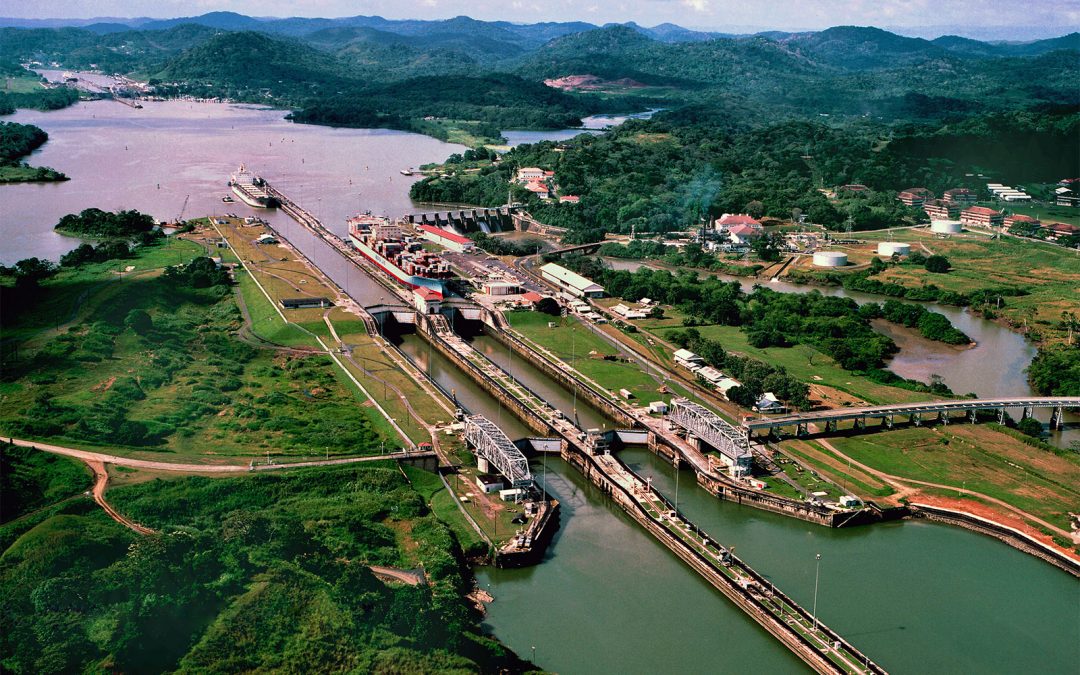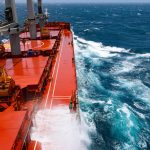The Panama Canal will widen restrictions on the largest ships crossing the waterway, one of the world’s hard-pressed trade passages, the canal authority’s administrator said on Wednesday, citing shallower waters due to drought.
The measure follows a series of depth restrictions in the 50-mile (80 km) canal since the beginning of the year due to a drought, which authorities had hoped would ease by the start of the Central American country’s rainy season.
Ship traffic, including container ships and oil tankers, using the canal between the Atlantic Ocean and the Pacific Ocean accounts for about 3.5% of global trade.
The latest restrictions, which will act from Sunday, limit neo-Panamax container ships to a depth limit of 43.5 feet (13.3 meters) meaning they must either carry less cargo or shed weight to float higher.
The previous maximum draft was 44.0 feet.
Panamax ships, which use the canal’s older locks, will also face tighter rules on July 9, the port administration told clients in an advisory.
Both classes will see a further limit applied on July 19.
Port administrator Ricaurte Vasquez said the July 19 measure will depend on how much rain pours into the lake system surrounding the canal, calling the current lack of rainfall “worrisome” as the canal basin must also provide additional drinking water for residents.
El Nino, a periodic warming weather phenomenon, has brought a severe drought along the Pacific coast.
Despite the new rules limiting ships’ weight, Vasquez said the flow of ships through the canal has carried on as expected so far.
He warned this could, however, see an impact depending on rainfalls and higher route costs due to the new limits.
The limits will not act on liquefied natural gas (LNG) carriers, as they typically report drafts of up to 37 feet, according to the canal authority.






